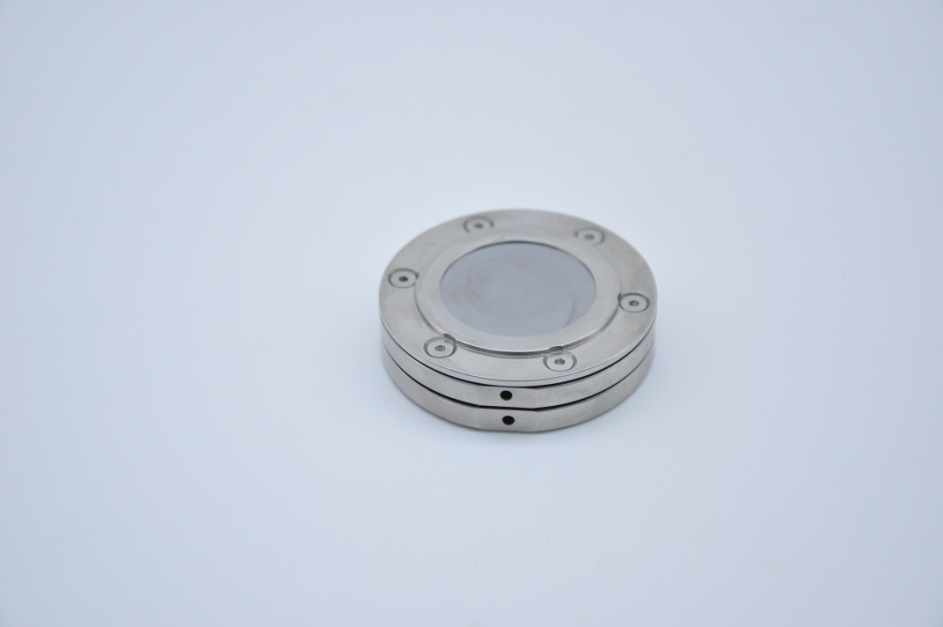Service hotline
+86 18518316054
The LIB-XRD cell is one type of in-situ Lithium-ion-battery cells for X-ray diffraction characterization. The top of the in-situ cell is designed and installed one high purity Be window (>=99.93%). This Be window is not only used as a current collect with good conductivity, but also as a excellent X-ray penetration window. The in-situ cell can realize the online monitoring and recording of XRD data when the battery is charged and discharged, and observe the phase structure change of the electrode material in real time.

Main features
1. The in-situ cell is designed for in-situ X-ray diffraction detection, which is based on the basic principle of lithium-ion or other rechargeable batteries;
2. During the charging-discharging process, the X-ray diffraction data can be collected online (reflection mode) by this in-situ cell;
3. The in-situ cell has a wide angle for both of the X-ray entrance and diffraction, achieving a large X-ray detection angle: 10 ° <2θ <90 °;
4. The in-situ cell has a small size, which can be adapted to match a variety of different X-ray diffractometers;
5. The in-situ cell has a well internal pressure environment, which is applied to the electrode with good adjustable and uniformity;
6. The cell has a very suitable size (~φ50*13-30 mm), which can be easily placed in the glove box for battery handling and use;
7. Fluorine gaskets are used to seal all the cell, making sure the overall system sealing;
8. In the assembly process, the electrode materials and electrolyte can be easily assembled; meanwhile, all components can also be easily disassembled and cleaned.
9. The in-situ cell can be reused.
Optional accessories: high purity beryllium window (>= 99.93%); Kapton membrane; and Al foil.